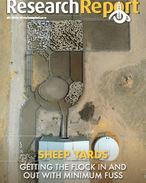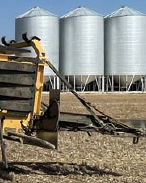This article is 8 years old. Images might not display.
Until now international climate agencies assumed all trees would capture carbon dioxide from the air, store it and use it to aid with the tree’s growth and fertilisation. However this new study has found Australia’s iconic Eucalyptus forests need additional soil nutrients in order to capture any extra carbon dioxide in the atmosphere.
Lead scientist David Ellsworth from the University’s Hawkesbury Institute for the Environment said the world pays a lot of attention to climate change modelling, including the amount of carbon that will be stored in trees.
The study exposed huge areas of remnant native eucalyptus forests to high levels of carbon dioxide at a university facility. However, it was observed that while extra carbon dioxide increased photosynthesis, there was no corresponding growth in leaves, stems, and wood.
The behaviour of trees in Australia was in stark contrast to studies conducted in the United Stated and Europe where the addition of extra carbon dioxide to temperate forests helped the growth of trees by an average 23 per cent.
However, the researchers found if they added phosphorus to trees under elevated carbon dioxide, they noted consistent increase in tree growth of 35%, meaning Australian eucalypts would probably store more carbon from the air if they had access to enough nutrients.
"It means that our soils simply lack the available nutrients that would let trees take advantage of the extra carbon they find in the air,” Ellsworth said.
According to the professor many of the world's sub-tropical and tropical forested regions exist on low-nutrient soils meaning the global estimates of carbon storage in forests could be too high.
"Australia's soils are very old and weathered by millions of years of sun and rain, meaning soils are very low in nutrients, and most of the available nutrients are tied up inside wood, leaves and roots.”






















